Introduction to Train Semi Trailers
In the evolving world of transportation logistics, the efficient movement of goods is vital, and nothing embodies this necessity better than train semi trailers. These durable and versatile vehicles meld the reliability of rail transport with the flexibility of road transit, offering a comprehensive solution for businesses seeking to streamline their shipping practices. The current landscape showcases a growing appreciation for train semi trailers, prompting manufacturers and logistics providers alike to capitalize on their capabilities.
Understanding the Anatomy of Train Semi Trailers
To truly appreciate the value of train semi trailers, it is imperative to dissect their structural components. Let’s explore the key elements that define a reliable train semi trailer:
| Component | Description |
|---|---|
| Chassis | The backbone of the semi trailer, providing stability and strength under operational loads. Made from high-grade steel, it ensures durability on and off railways. |
| Cargo Bay | Designed to accommodate various goods, including bulk materials and packaged freight. Multiple configurations exist for different cargo types. |
| Suspension System | A robust system engineered to absorb shocks, providing smoother rides over both tracks and roads. Options vary from air suspension to leaf spring systems. |
| Wheels & Axles | Critical for mobility, heavy-duty wheels facilitate smooth rolling capabilities, while axles are designed to handle high weight loads and maintain balance. |
| Braking System | An advanced braking mechanism ensuring safety during transport, often equipped with electronic braking systems for enhanced responsiveness. |
| Coupling Mechanism | The interface that connects the trailer to locomotives or trucks; its design influences efficiency in loading and unloading goods. |
| Load Capacity | Varies widely among models; understanding payload specifications is essential for compliance with transportation regulations. |

Advantages of Train Semi Trailers
1. Superior Load Capacity
When comparing traditional trucking solutions, train semi trailers stand out due to their ability to transport significantly greater loads. With an average capacity ranging from 30,000 to 40,000 pounds, businesses can increase shipping efficiency, reducing the number of trips required and the associated costs.
2. Enhanced Fuel Efficiency
In an era focused on sustainability, train semi trailers offer remarkable fuel efficiency, particularly when considering the energy consumption per ton-mile. Trains inherently consume less fuel than trucks for long-distance transportation, making these semi trailers an environmentally friendly choice for logistics.
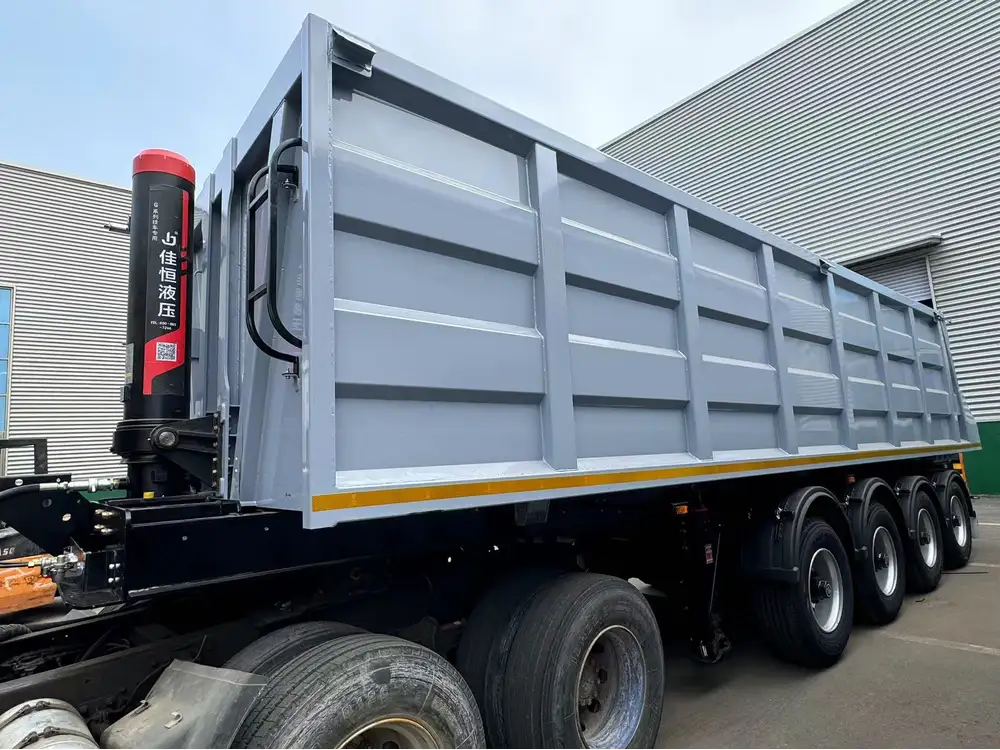
3. Reduced Road Congestion
Utilizing rail transport for long-haul loads alleviates traffic congestion on roadways. This not only optimizes delivery times but also contributes to reduced wear and tear on infrastructure, ultimately benefiting communities and the overarching economy.
4. Safety and Security
Equipped with advanced braking systems and robust construction, train semi trailers are built with safety at their core. The inherent stability of rail transport minimizes the risks associated with cargo spills or accidents, providing peace of mind for manufacturers and distributors.
Selecting the Right Train Semi Trailer
Choosing an appropriate train semi trailer demands careful consideration of several factors. Here are the top elements we suggest evaluating:
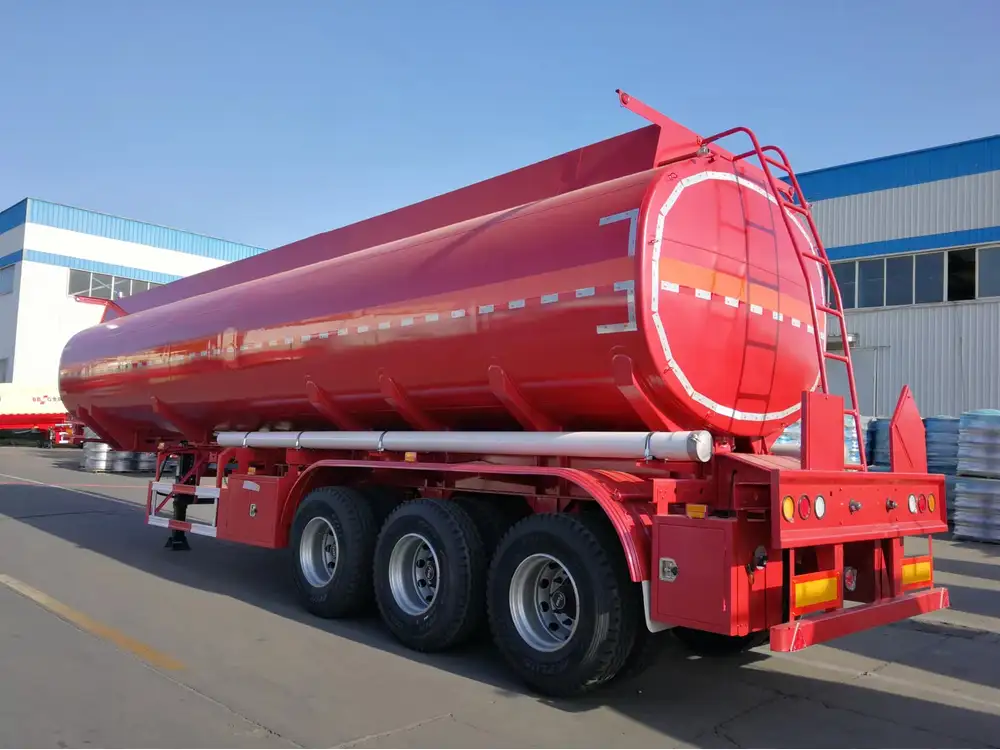
Cargo Type and Dimensions
Different cargo types require tailored trailers. For instance, bulk materials often necessitate specialized open trailers, while fragile goods may require enclosed models. Assess cargo dimensions meticulously to match with corresponding semi trailer specifications.
Intended Route
Determining whether the cargo will predominantly travel over rail, road, or a combination of both is crucial. This choice influences the type of semi trailer needed, from those optimized for rail transport to hybrid models designed to facilitate truck transfers.
Weight Restrictions
Local and federal regulations impose strict weight limits for both rail and road transport. It’s vital to consult these guidelines to ensure compliance and avoid penalties.

Budget Constraints
Investing in a train semi trailer involves evaluating initial purchase costs against long-term operational savings. Consider maintenance expenses, fuel efficiency, and potential tax benefits when forming your budget.
Maintenance and Care: Ensuring Longevity
Maintenance is key to maximizing the lifespan and performance of a train semi trailer. Implementing a rigorous upkeep schedule is essential. Below are our recommended best practices:
1. Regular Inspections
Conduct comprehensive inspections at predefined intervals to identify issues before they escalate. Focus areas should include brakes, suspension systems, and wheel conditions.
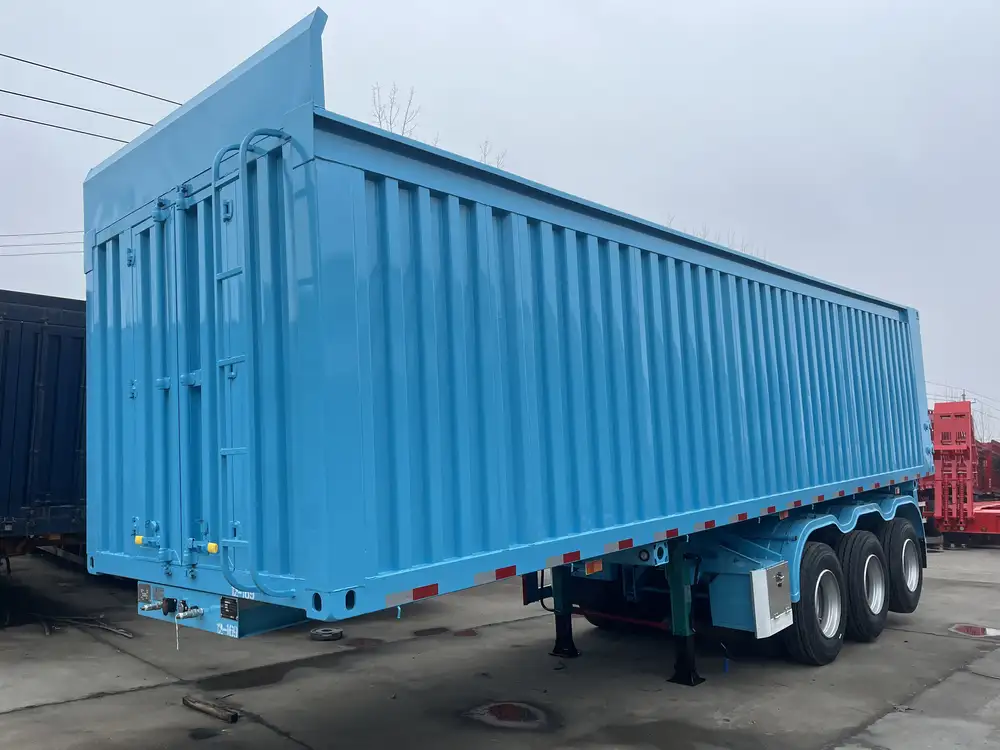
2. Tire Management
Tire health directly impacts fuel efficiency and safety. Regularly check tire pressures, tread depth, and alignments, replacing them when necessary.
3. Cleaning and Corrosion Prevention
Dirt and moisture are enemies of structural integrity. Clean the chassis and undercarriage regularly, applying protective coatings to prevent rust and corrosion.
4. Record Keeping
Maintain detailed records of all maintenance activities. This not only aids in future scheduling but can also be beneficial for resale value.

Innovations in Semi Trailer Technology
As the market for a train semi trailer evolves, so too does technology. Key advancements are shaping the future of this vital transportation asset:
GPS Tracking Integration
Modern semi trailers can now be equipped with GPS tracking systems, offering real-time location data essential for logistics management and improving supply chain visibility.
Telematics Systems
Telematics can enhance operational efficiency by offering insights into fuel consumption, driver behavior, and maintenance needs. This data-driven approach allows for optimized logistics strategies.
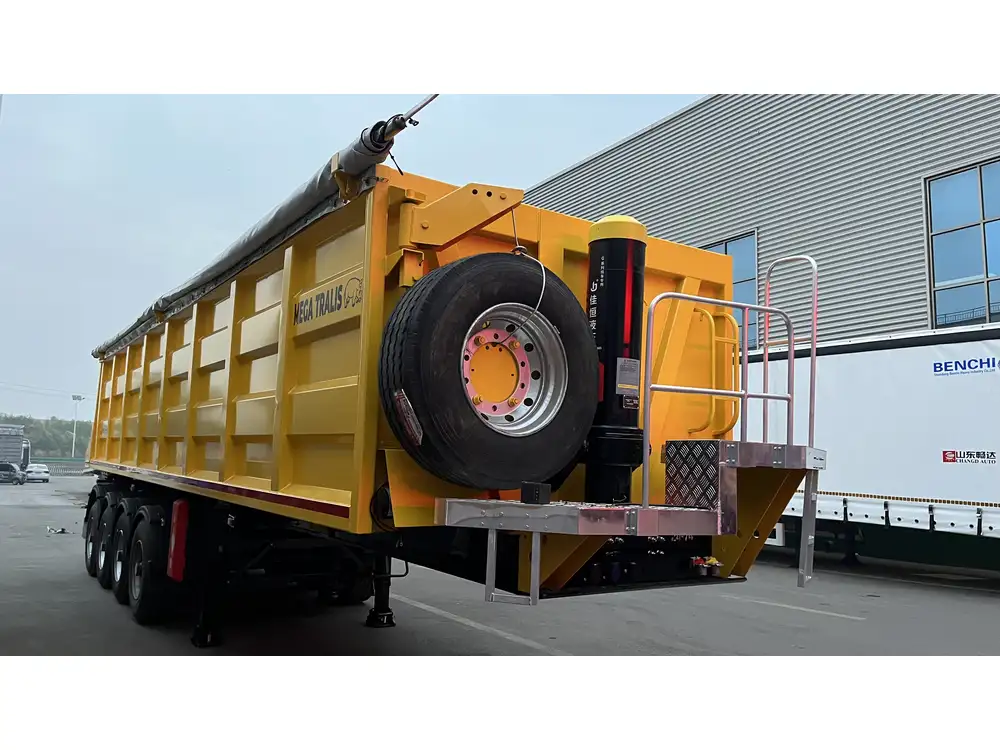
Autonomous Features
Emerging technologies are heralding the future of automation in trailer deployment, with autonomous systems potentially revolutionizing how trailers are both transported and managed.
Eco-Friendly Materials
Sustainability is front and center. Manufacturers are increasingly utilizing eco-friendly materials and processes, creating semi trailers that not only meet operational demands but are also kind to the planet.
Frequently Asked Questions (FAQs)
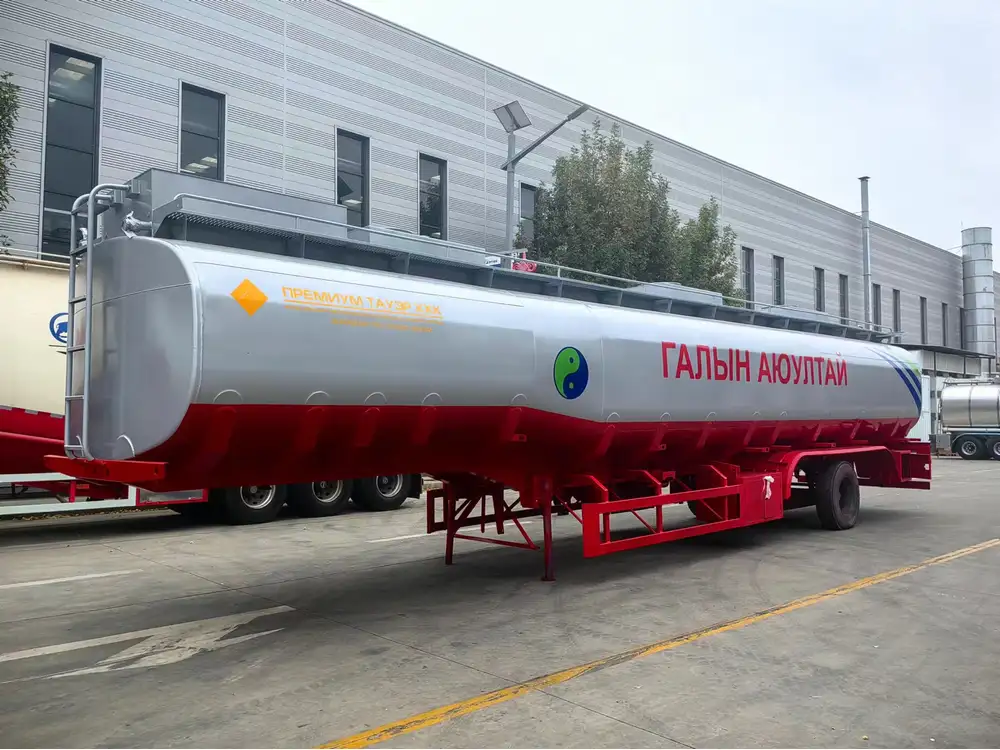
What is the average lifespan of a train semi trailer?
The lifespan of a train semi trailer typically ranges from 10 to 15 years, depending on usage, maintenance, and exposure to environmental factors.
Can a train semi trailer be customized?
Absolutely, manufacturers often offer custom options tailored to specific business needs, including adjustments to cargo space, weight capacity, and additional features like insulation for temperature-sensitive items.
How does weight distribution affect transport efficiency?
Proper weight distribution is crucial to ensuring stability and safety during transit. Uneven loads can lead to increased fuel consumption, inefficient braking, and potential accidents.

Conclusion: Investing in Your Freight Solutions
In summation, the train semi trailer represents the confluence of innovation, efficiency, and adaptability in modern logistics. Understanding its intricacies, advantages, and maintenance requirements is imperative for those entrenched in the freight industry. By investing in high-quality train semi trailers, businesses not only embrace a sustainable future but also significantly enhance their operational capabilities. The impact of this strategic investment will reverberate throughout logistics networks, paving the way for prosperous and efficient freight solutions.
Leverage the unmatched potential of train semi trailers today—revolutionize logistics and shipping operations in a rapidly advancing marketplace.



